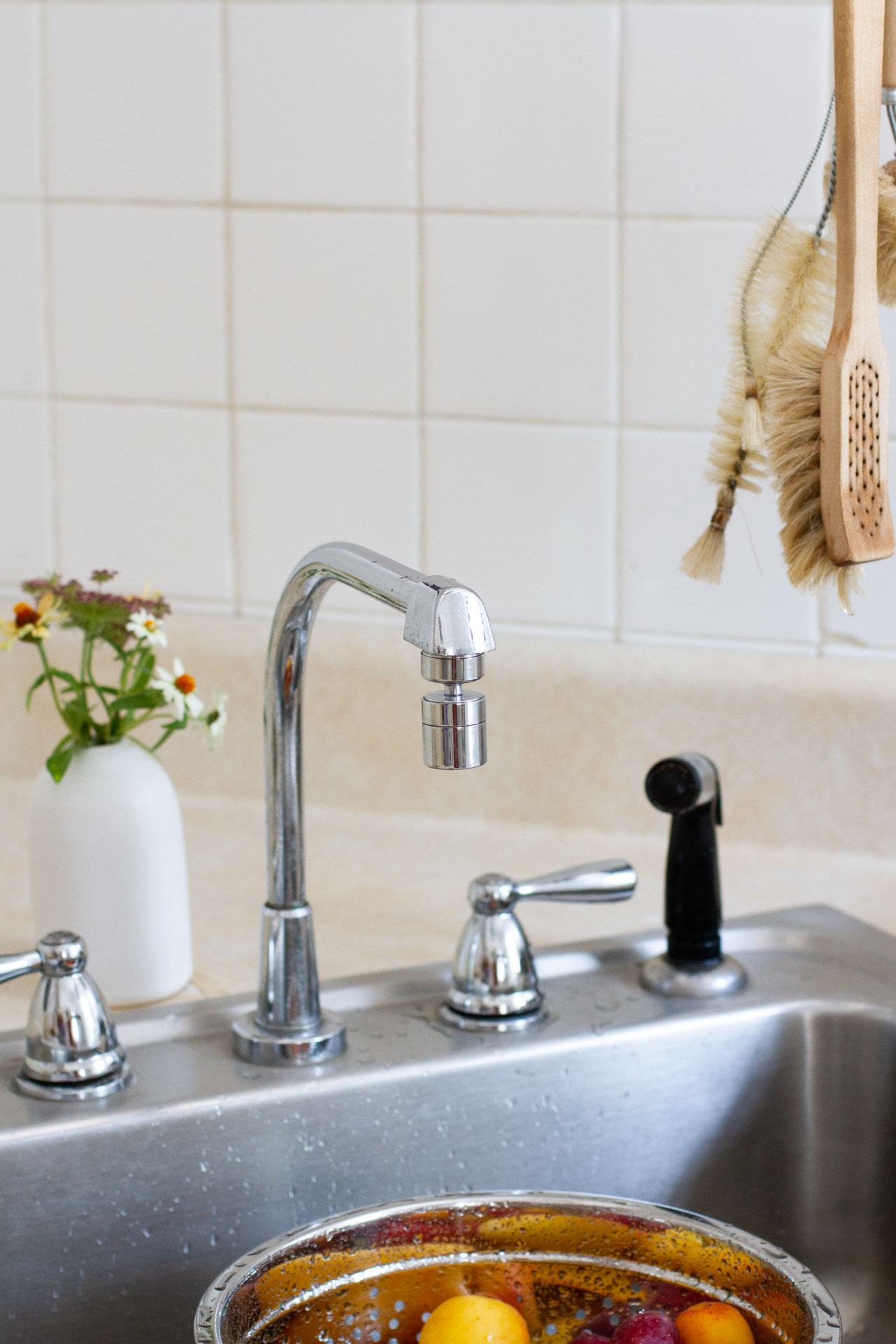
On the earth of earlier kitchens that have not been gutted or renovated inside the present earlier, or ever, old-fashioned faucets with taps that spill gallons of contemporary faucet water with absolute abandon are nonetheless fairly commonplace. One tiny enchancment to make is placing in a faucet aerator. They help save water—a median of 700 gallons a yr per family in keeping with the EPA— with out impacting water pressure, and counting on the make and model you choose, provide a little bit little bit of help within the washing up division.
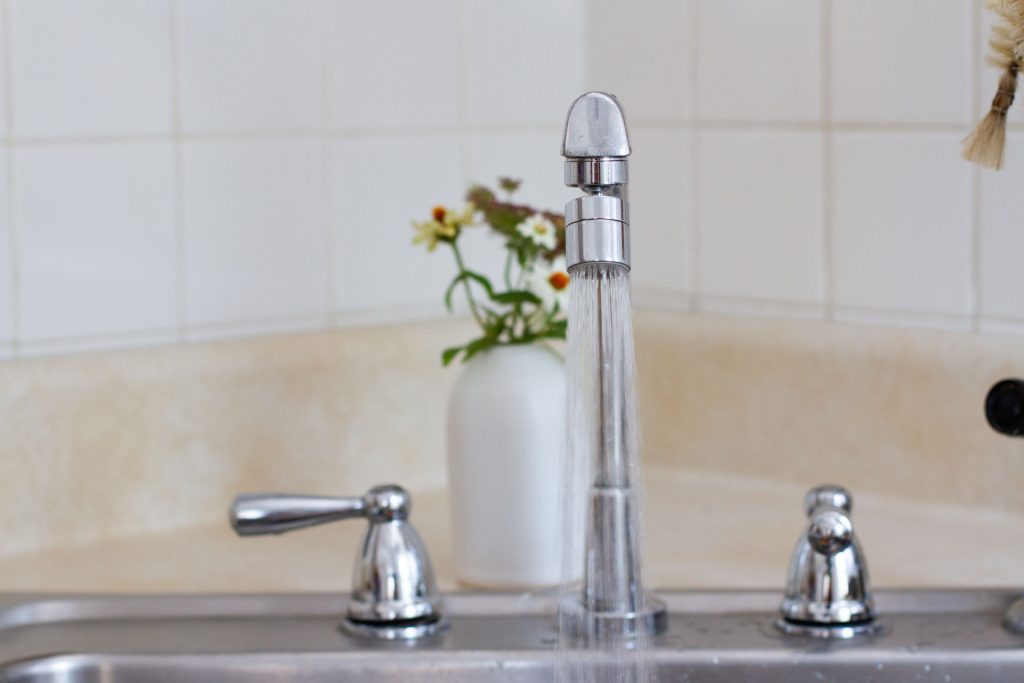

After we moved in, our faucet had a typical ironmongery store choice faucet aerator hooked as much as the tip. These aerators are low cost, extensively accessible, and do a very serviceable job of limiting water waste and splashing. They’re moreover, I really feel it’s truthful to say, unattractive and by no means basically very superior by means of water conservation. The one on our faucet, for instance, merely made the faucet comply to the federal limit of a 2.2 gallons per minute stream charge, set in 1994.
So a month or two previously, we put in a model new faucet aerator that larger disappears into the background of our Nineteen Fifties faucet and is less complicated at saving water, with a stream charge of 1.8 GPM. Identical to the earlier chrome and black plastic aerator, this new one swivels, which suggests it helps the water attain the corners of the sink, and as an alternative of needing to yank on the issue to range it from stream to spray, this one merely requires considerably twist.
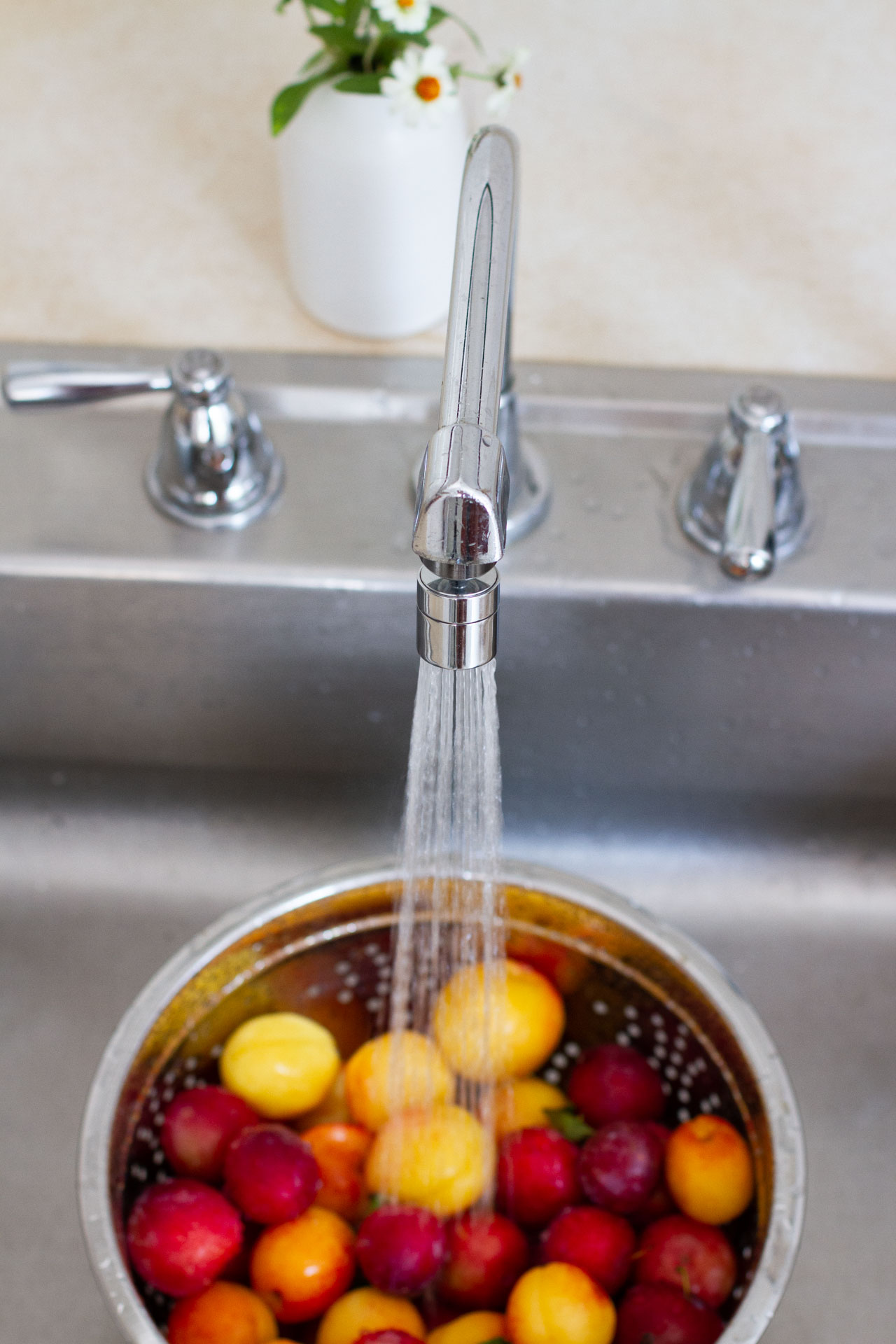

Evidently there are a whole lot of, many decisions for faucet aerators and also you would not be flawed to go in a single different course completely. With no swivel selection, a low-flow aerator can worth as little as plenty of {{dollars}}. The EPA’s WaterSense certification doesn’t presently improve to kitchen faucets, nevertheless it’s place to start your search and get an considered potentialities (and there are positively aerators with a wonderful lower stream charge than the one we ended up with!).
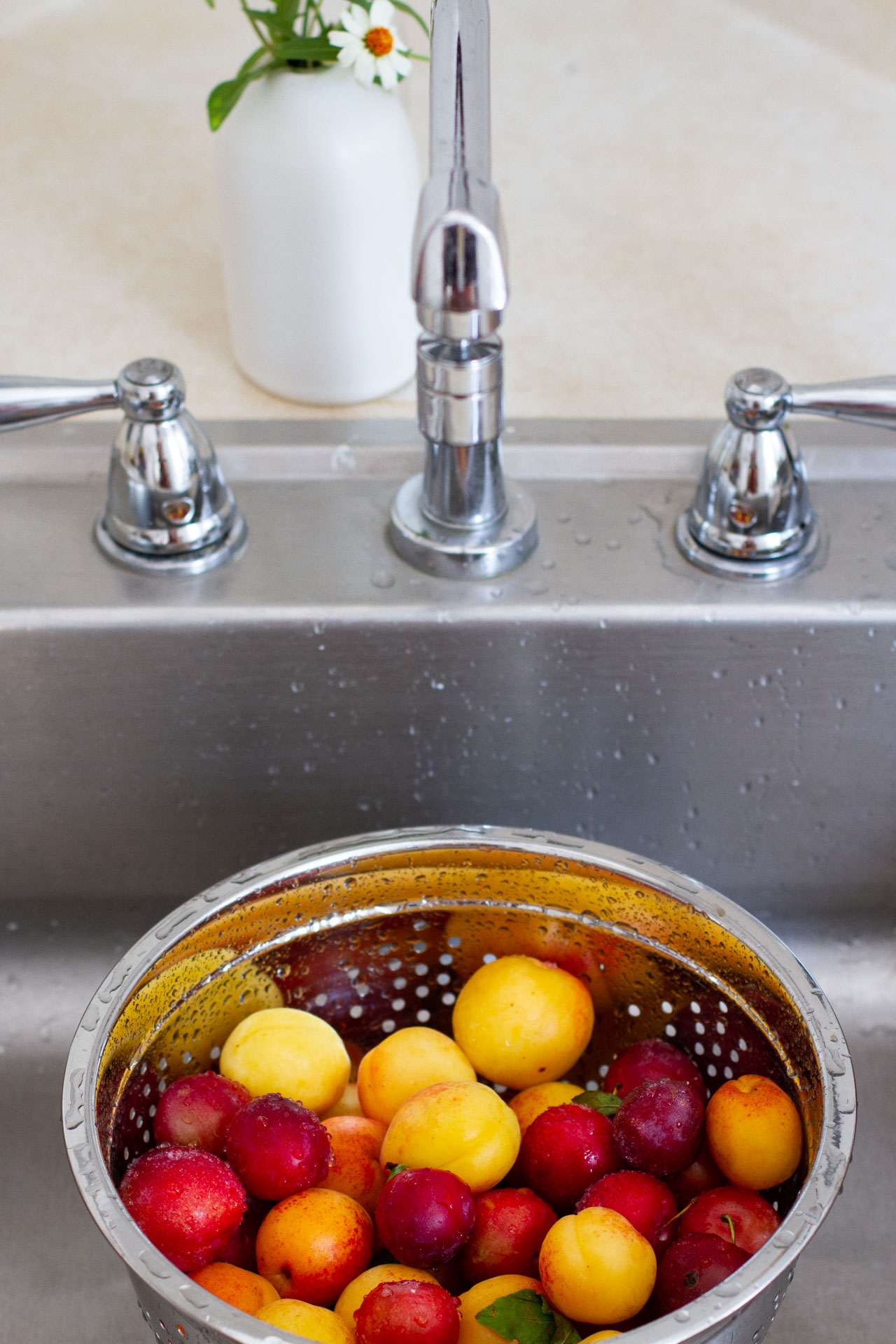

By the use of arrange, I’m not a plumber, nevertheless there’s no ought to be one to know the basics proper right here. If there are threads on the end of your faucet, it’s in all probability aerator ready. Regular faucets usually have each 15/16ths male threads or 55/64ths female threads on the tip. Understanding which you might have is as easy as your faucet and determining whether or not or not the threads are uncovered (male!) or tucked up inside (female!). Whenever you’ve obtained an aerator with correct threads, attaching it to the faucet is as simple as screwing it on.
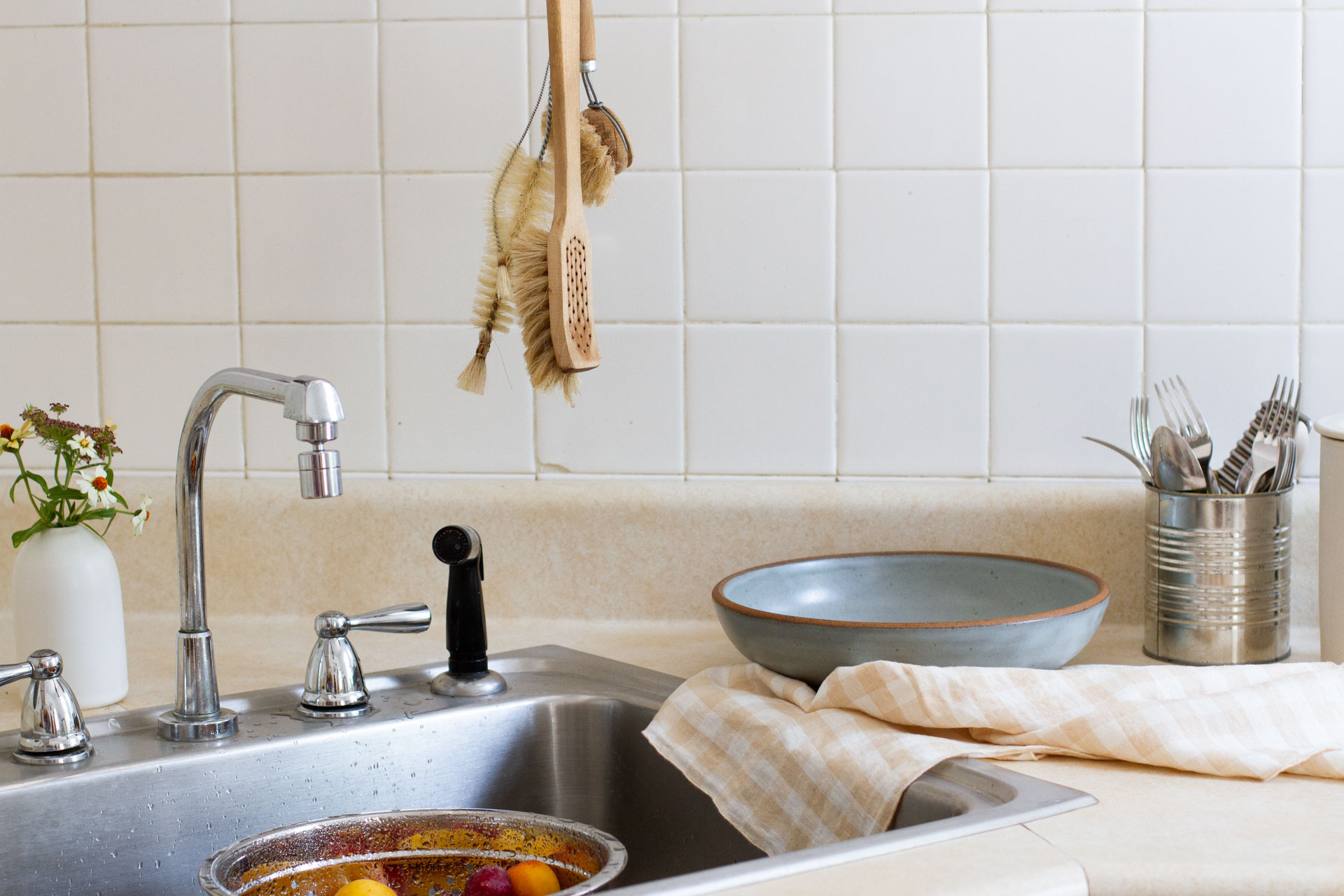

And that’s that. $14 later and we’ve obtained a lot much less water shedding down the drain and a kitchen sink that’s a whole lot easier to try.
Your flip!
